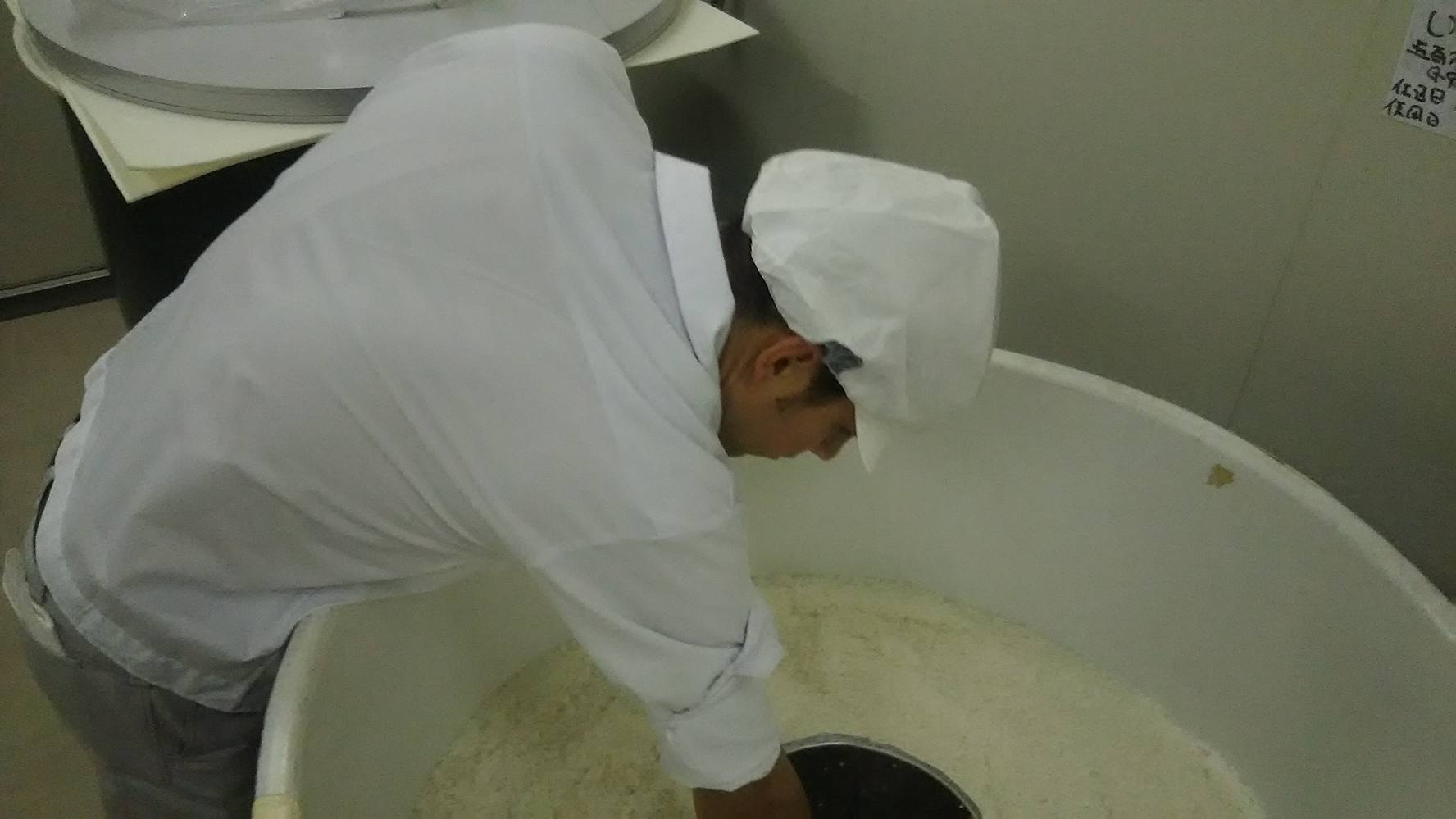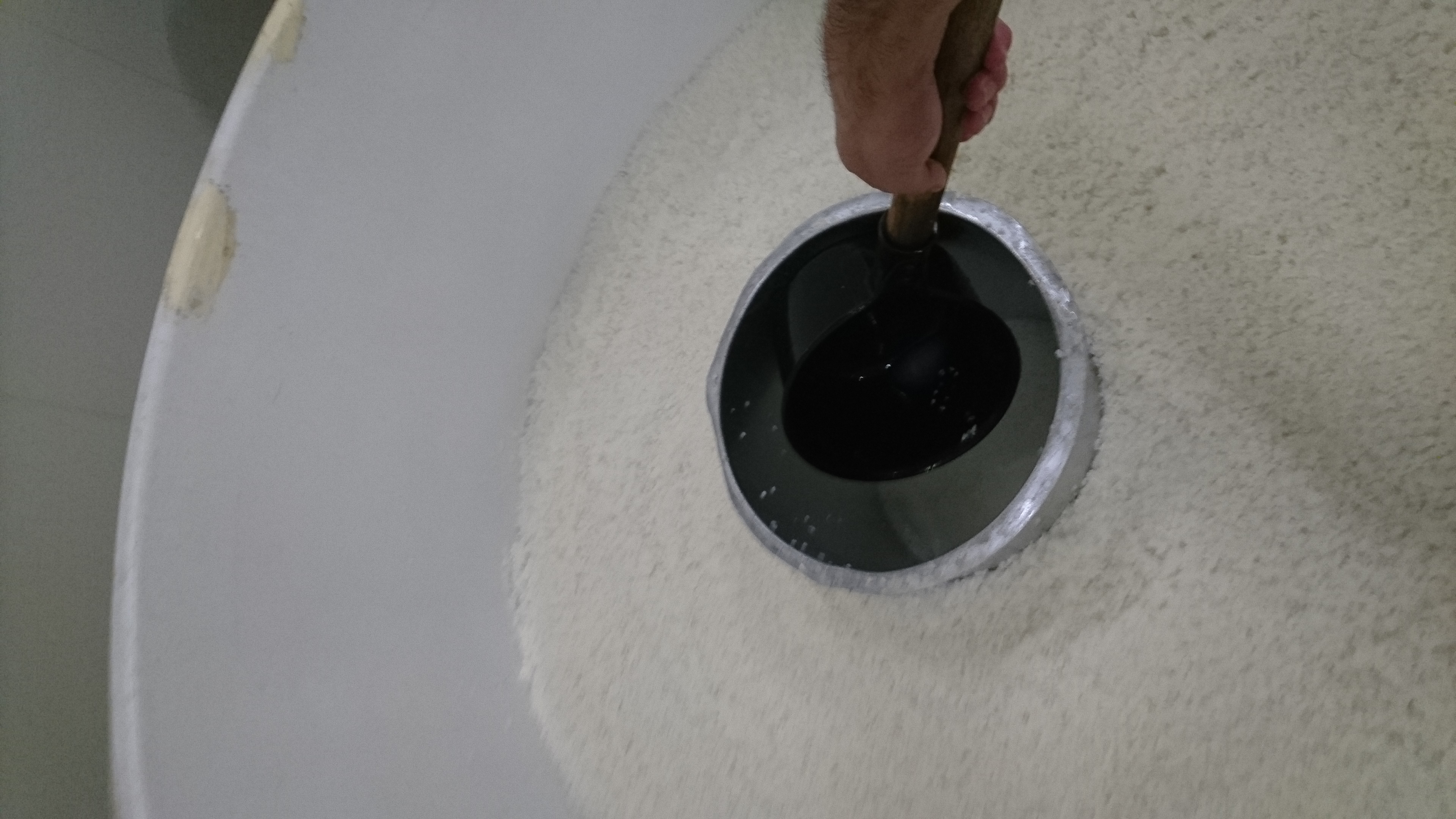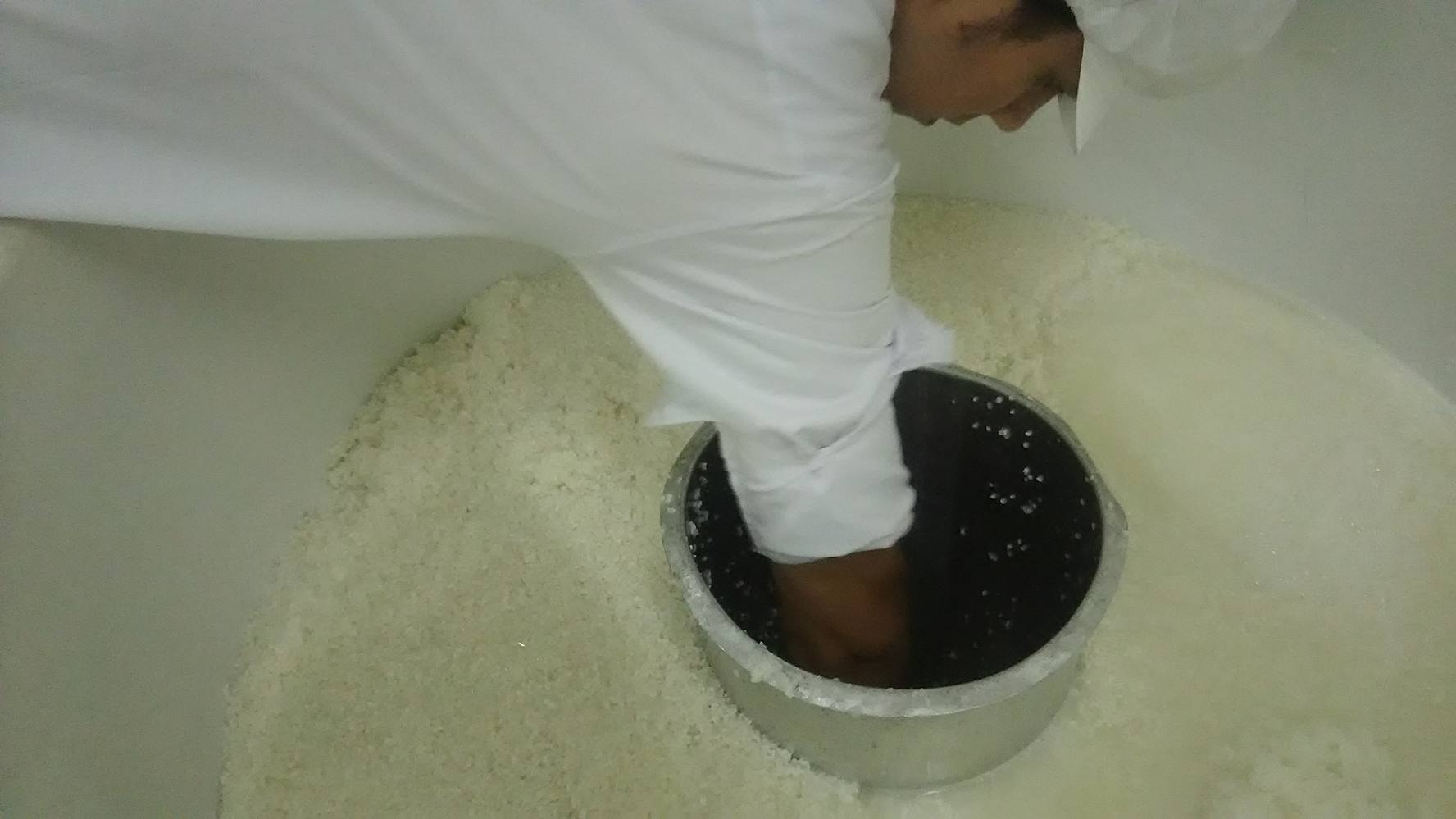BLOG
What is Sokujo?
2018.02.22
The birth of sake is quite an incredible thing when you think about it. Brewers were pasteurizing sake 300 years before Louis Pasteur invented the science behind it. Naturally, yeast was falling into sake mash almost 1000 years before yeast strains were isolated. And brewers were cultivating lactic acid naturally from sake rice for just as long.
That’s what we’re talking about. Lactic acid in sake starter mixture helps to ensure successful fermentation without unwanted bacteria. For hundreds of years, it was cultivated naturally by aggressively mixing the sake starter with long poles for hours a day. This could go on for a month.
Nowadays, it is most common for sake starter to be made by the Sokujo method, or “fast-brew”. When I entered the company, I studied the Sokujo method and everything I read basically said, in this process, lactic acid is added to the starter mixture so it doesn’t need to be cultivated.
Be that as it may, I got to see today what actually happens, and how the process works. It more interesting than it sounds.
First, we filled up the starter tank with the right amount of water, rice, malted rice, and a touch of yeast and lactic acid. Then, as you can see in the picture below, we put a metal tube into the middle of it all and scooped out the rice (the tube has holes at the bottom so it can refill with water). The repeated scooping motion activates the lactic acid, creating a bit of foam. That foamy water is then poured over the surrounding rice mixture. This is the Sokujo starter.



It was cool to do it myself and see what it really means. Stay tuned for more steps in the process.
-Jarom